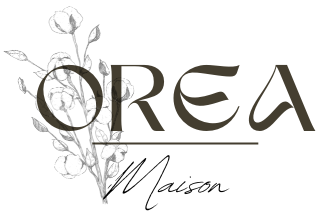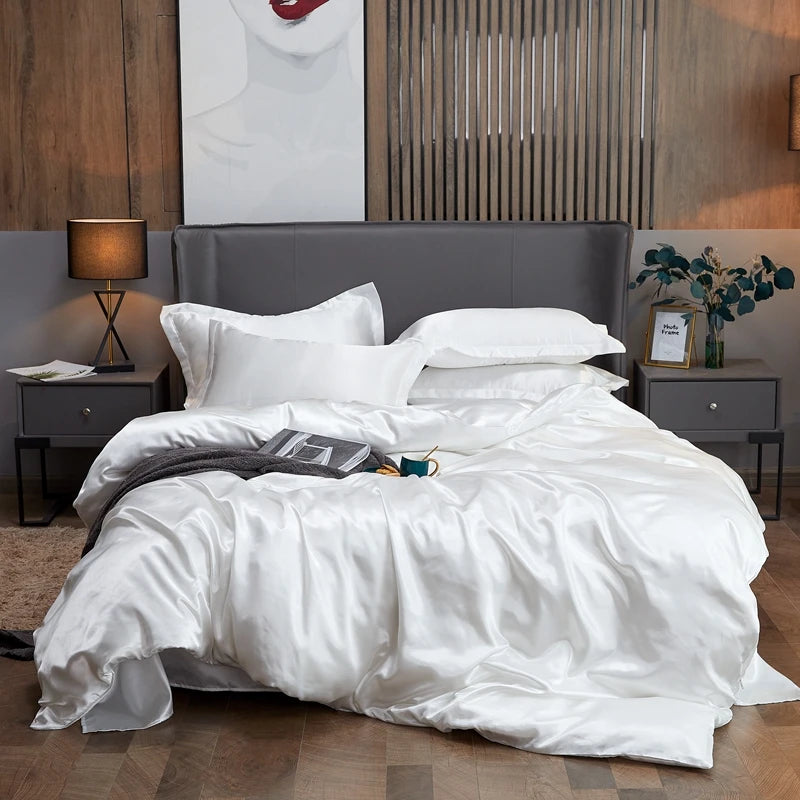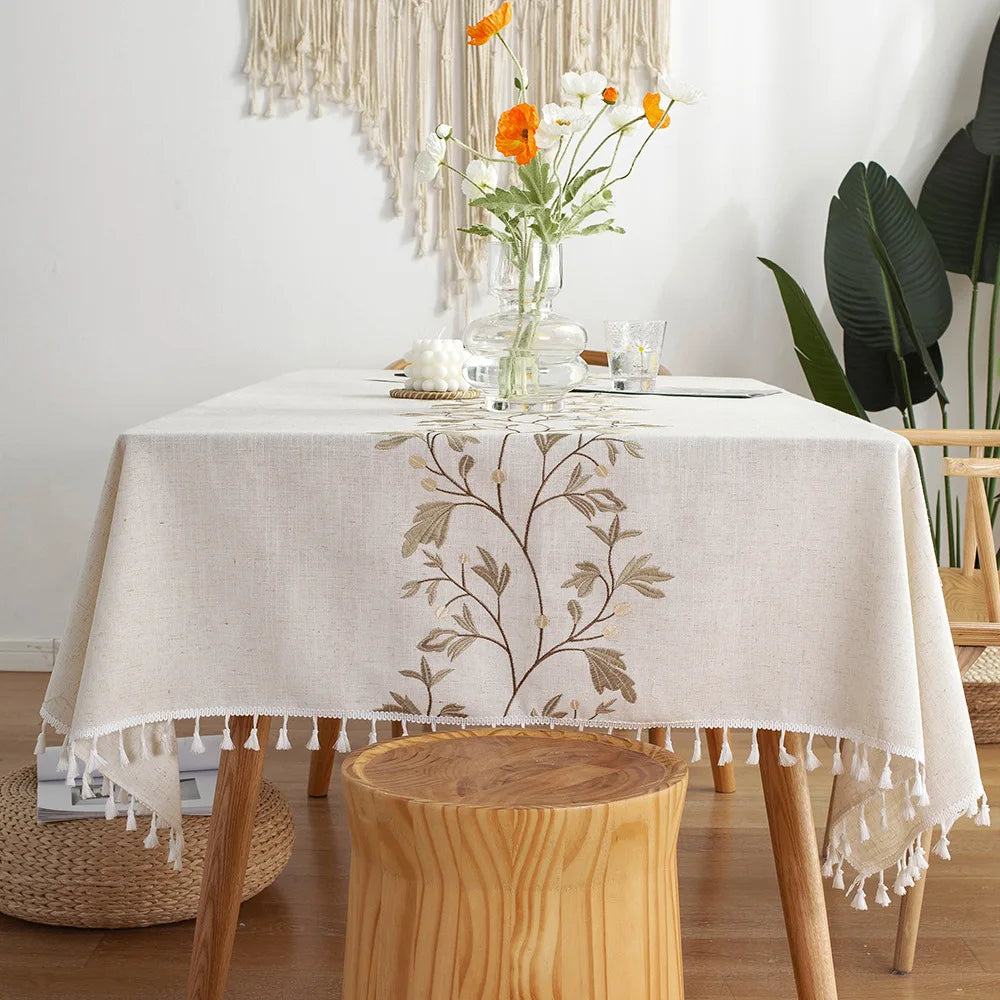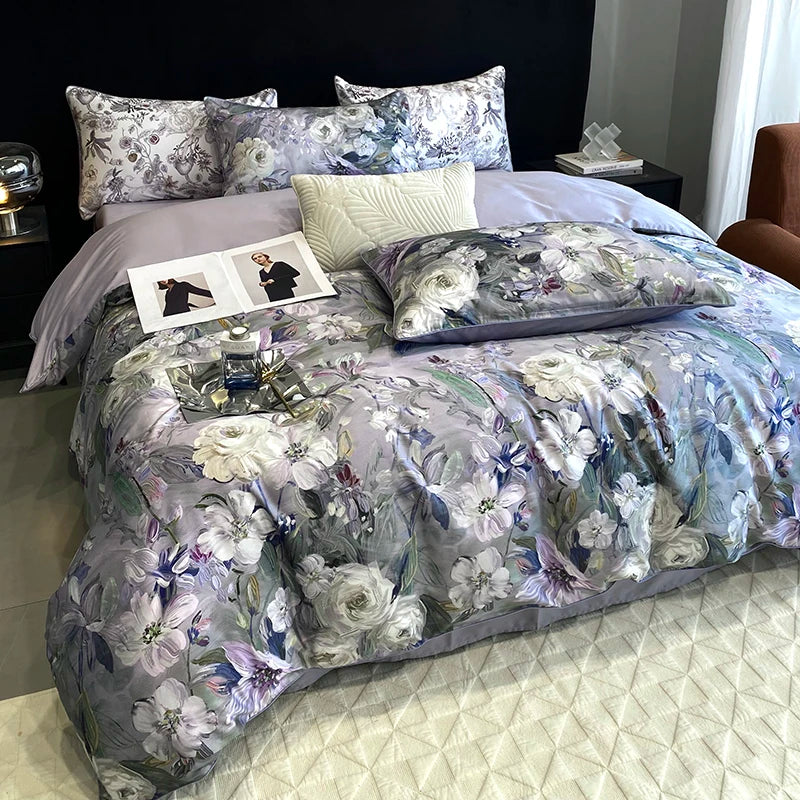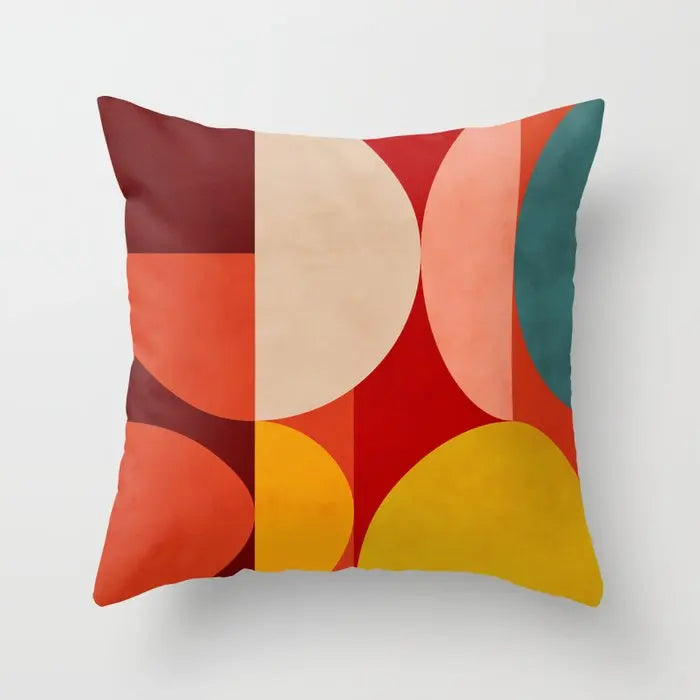Create a thick cushion cover easily without a zipper
Want to personalize your home decor with a thick cushion cover without having to use a zipper? You've come to the right place! In this article, we'll walk you through, step by step, how to make a cushion cover without a zipper . This project is perfect for beginners and is accessible to everyone, even without an advanced sewing machine. We'll guide you through each step with simple instructions and practical tips. Whether you're a sewing enthusiast or a novice, this detailed guide will help you create the perfect cover and give your space a personal and unique touch.
Summary
1. Choose the right fabric for a thick cushion cover
2. Measure your cushion correctly
1. Choose the right fabric for a thick cushion cover
Choosing the right fabric is crucial to ensure your cushion cover is not only aesthetically pleasing, but also comfortable and durable . For a thick cushion, it is recommended to choose a thick fabric like linen , velvet , or even canvas . These fabrics add texture and strength to your creation. Linen is particularly popular for its natural texture and robustness , while velvet will add a touch of luxury and comfort . Canvas is ideal for more structured and durable cushions. These fabrics are also easy to maintain, making them perfect for everyday use.
If you're looking for something more unique, you can opt for printed fabrics, such as geometric or floral patterns, or even plain fabrics for a minimalist look. The choice of fabric can also depend on the ambiance of the room where the cushion will be placed. For example, lightweight fabrics like cotton can be suitable for decorative cushions in modern rooms, while thicker fabrics like tweed or corduroy will bring a rich and sophisticated texture .
2. Measure your cushion correctly
The first step in creating your cover is to carefully measure your cushion. Take the exact dimensions of your cushion, including its thickness . For a standard 50 cm square cushion, add about 3 cm to each side for seam allowances. This ensures that the cover will be large enough to wrap around the cushion without being too tight , but also snug enough to avoid any excess fabric that could make the appearance untidy.
For example, for a 50x50 cm cushion, you will need to cut a 56x56 cm piece of fabric. If your cushion is particularly thick (such as sofa cushions), you may want to add a few extra inches to compensate for the thickness. Keep in mind that the thicker the fabric, the more you may need to adjust the seam allowances. Also consider the type of closure you choose. For a flap method, you will need to leave more fabric at the back for the overlap .
3. Methods to close the cover without a zipper
There are several ways to close a cushion cover without a zipper. Here are two simple and practical methods for creating a stylish and practical closure without complicated hardware.
The "pocket" method with an overlap
The first method involves sewing two pieces of fabric to the back of the cushion, slightly overlapping each other to create an opening. This allows you to insert the cushion without zippers or buttons. This method is simple, quick, and very practical. It's ideal if you want a clean, no-nonsense finish . It also makes it easy to remove the cushion for washing if necessary.
For this method, you will need to cut two pieces of fabric for the back of the cover. The overlap should be about 10 to 12 cm to ensure a secure closure. You can sew the edges of these pieces, then fold them inward toward the main fabric for a neat finish. This system helps hide the seam while ensuring a good fit .
The flap or wallet method
The flap method involves cutting two pieces of fabric for the back of the cover, overlapping them to form a wrap closure. Simply sew the edges and leave space in the center to insert the cushion. You can adjust the overlap depending on the thickness of your cushion. This method is ideal for accent or decorative cushions, as it offers a neat and elegant look while being easy to make.
For this method, cut a piece of fabric for each back side of the cushion, then sew them together, overlapping the edges. You can add a small flap to keep the cover closed if you like, or simply rely on the overlap to prevent the cushion from escaping.
4. Sew the cushion cover
Now that you've prepared your fabric and chosen your closure method, it's time to sew your cushion cover . Here's how to do it:
- Cut your fabric : Cut two pieces of fabric for the front and back of the cushion, taking into account the dimensions and seam allowance.
- Assemble the fabric : Place the fabric pieces right sides together, aligning the edges. If you choose the flap method, overlap the back edges to create the overlap.
- Sew the sides and bottom : Use a straight stitch to sew the sides and bottom of the cushion. Leave the top open to insert the cushion.
- Turn the cover inside out : Once the sewing is complete, turn the cover right side out for finishing.
5. Finishing touches and sewing tips
Once your cushion is assembled, it is important to carry out some finishing touches for a neat finish:
- Iron the seams : Carefully iron the cover to remove wrinkles and achieve a flawless finish. This will also help to mark the seams and make the fabric look neater.
- Reinforce the seams : If your cushion is thick, you can reinforce the seams with a zigzag stitch or an overlocker to prevent the fabric from fraying. This will make your cover stronger and more durable.
- Personalize your cover : To add a personal touch, you can embroider patterns, add pompoms, fringes, or sew on decorative buttons. These small details will make all the difference and make your cushion unique.
Conclusion
Making a thick cushion cover without a zipper is a simple and enjoyable project that allows you to personalize your home while creating comfortable and durable cushions. By following these steps, you'll be able to create a cover that perfectly fits your cushions, without the need for zippers or complicated equipment. Whether you're a beginner or an experienced sewer, these methods will allow you to achieve professional results at home.
There are many ways to customize and decorate your cushions to suit your preferences and the style of your home. So feel free to experiment, use different fabrics, and add your own personal touches for a result that's uniquely yours.
